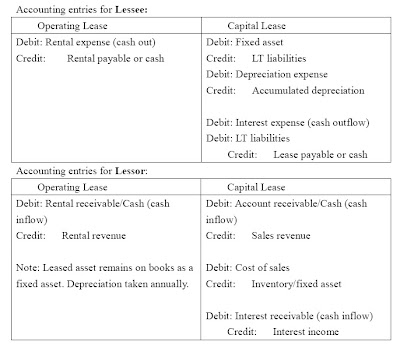Class note - rhetoric of chinglish
每天都有一種領域之主題,例如: language studies, computer science, history, psychology, business...
有時間一定會分享遊樂時光,但現在要先乖乖念書,來做個筆記!
* what is language?
A Language is a coding system and a means by which information may be transmitted or shared between two or more communicators for purposes of command, instruction or play.(Richard Mitchell)
Any means by which a signal is communicated, where the signal can be received and acted on as a command, instruction, or element of play qualifies as use of language. A visual, chemical, auditory or mechanical event does not alone count as an instance of language. If the wind causes a tree to tap on your window, it isn't language. But if you see a large plant tapping on your window where there is no breeze - and you have no garden - you may need to read up about triffids.
ˇSemiotics: the study of signs. (communication tool)
ˇHermeneutics: old world knowledge. (national culture)
* What is rhetoric? What's differnece from Chinese 'xiuci'?
Rhetoric is the art of using language to communicate effectively. It involves three audience appeals: logos, pathos, and ethos, as well as the five canons of rhetoric: invention or discovery, arrangement, style, memory, and delivery. Along with grammar and logic or dialectic, rhetoric is one of the three ancient arts of discourse.
Generally speaking, the study of rhetoric trains students to speak and/or write effectively, as well as critically understand and analyze discourse.Rhetoric began as a civic art in Ancient Greece where students were trained to develop tactics of oratorical persuasion, especially in legal disputes.
Answer from LuMing Mao:the main difference for this class is that Western rhetoric is more focused on persuasion, on winning over, and Chinese “xiuci” traditionally is more focused on stylistics and stylist effect. The focus on context and audience is shared by both.
*How is rhetoric being used in Chinese contexts and how is rhetoric being uesd in US contexts?
A: the use of rhetoric (following the definition we developed in class) in Chinese contexts is more focused on achieving harmony/unity, and on searching for the Way (“Dao”) for the common good, and the use of rhetoric in US contexts is to differentiate with one audience and to seek identification with another audience. A lot of premium is being put on winning.
*Chinglish
-> culture specfic -> identification -> soft power (Conufsous as a brand)
Extend reading: http://www.nytimes.com/2010/05/03/world/asia/03chinglish.html
Ref: http://www.science20.com/chatter_box/blog/what_language
http://en.wikipedia.org/wiki/Rhetoric
哈! 一直用英文思考與說話,還真不是件簡單的事 (煙~)



Comments